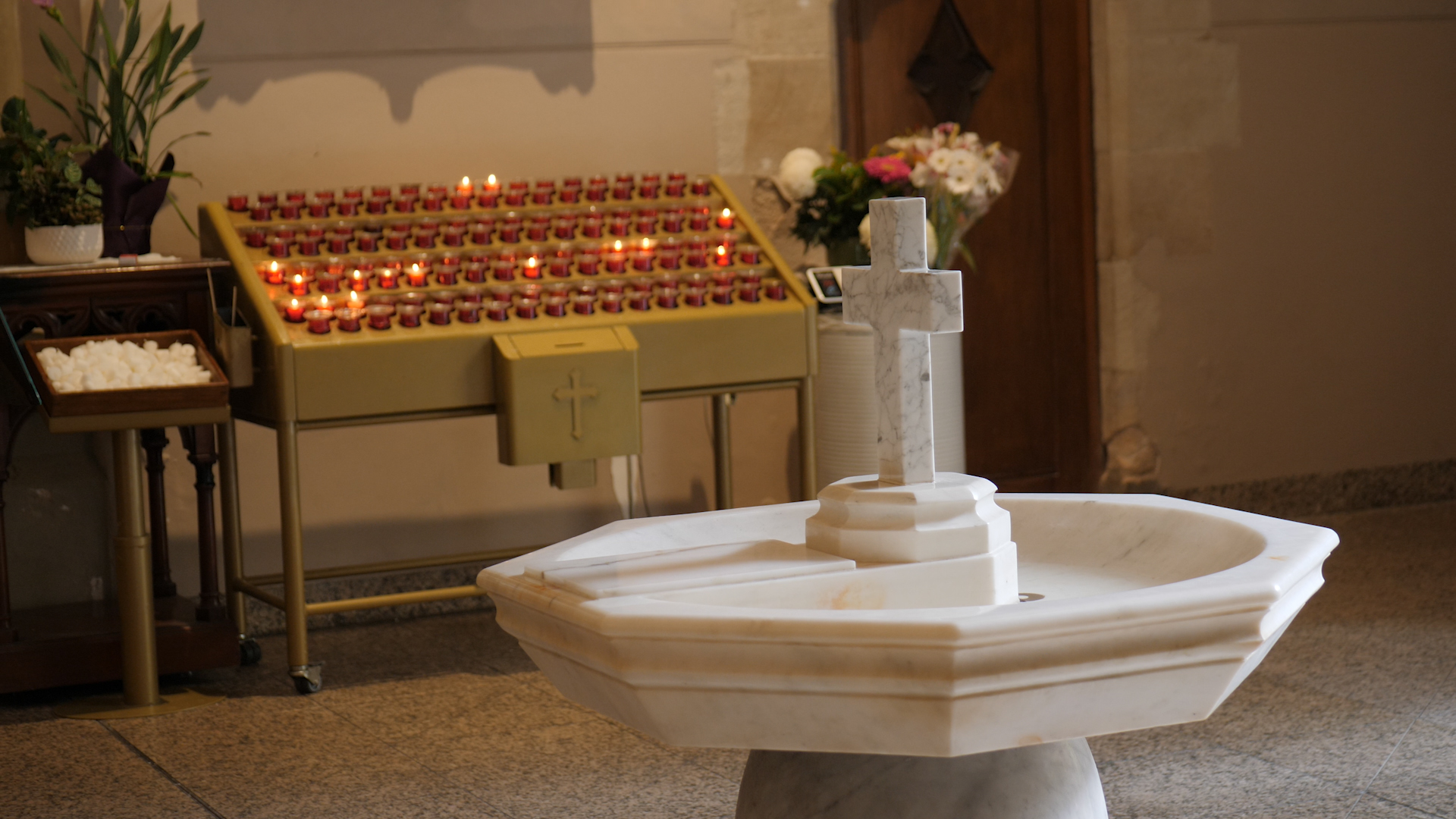On the mountain of the Transfiguration it was Peter, James and John. In the garden of Gethsemane it was Peter James and John. At the empty tomb it is Mary Magdalene, John and Peter. This reading is about Mary. Jesus has not yet appeared. He appears to Mary straight after this account. It is she who makes the discovery that the tomb is empty. It is she who alerts the disciples. It is she who waits behind and meets that Someone whom she takes for the gardener.
Who was Mary? Three gospels name her as being present at Jesus’ crucifixion. Only Luke does not mention her as one of the women who stood by the cross by name. Mary ‘of Magdala’ was not Mary ‘of Bethany’, the quiet counterpart of her busy sister Martha. Neither was she the woman who cried over Jesus’ feet and wiped them with her hair in the house of Simon the Pharisee— that unnamed woman was the woman who loved much because she had been forgiven much. The woman caught in adultery and brought to Jesus as a test, told in John 8, was likewise unnamed. Pope Paul VI separated her from these other ‘Marys’ in 1969.
She was, though, the woman “from whom seven demons had gone out” (Lk 8:1-3). In those days that most likely referred to very severe mental or physical illness.
In 1988 Pope John Paul II wrote in praise of her. In 2016 Pope Francis raised her special day from memorial to feast, the same status as most of the apostles. He called her “Apostle to the Apostles”.
The Irish poet Eaton Stannard Barrett wrote of her in 1810, “She, while apostles shrank, could danger brave / Last at His cross, and earliest at His grave.”
She discovered the empty tomb and the rolled-away stone before dawn. Bishop Robert Barron notes that this was “just the way it was before the beginning of time, before God said, ‘Let there be light’”. “The earth was a formless void”. Our lives are like that, before the dawn of understanding that first lit on Mary’s face as she grabbed Jesus by the feet, not wanting to let him go.
You see, the men stayed only long enough to see the linen cloths and the empty tomb. Mary stayed there, in her grief. She did not return to the other disciples. Her staying brought her the experience of the risen Jesus. She was the first. The men would have gone back to talk over the implications. Mary stayed. She cried. She was brave in her grieving. She stayed with the sadness and emptiness. It brought her to her knees but she held onto it. Then the emptiness inside burst into life and light. How wise not to run from these things that we cannot understand that bring tears.
Peter and John ‘did not understand the scripture that Jesus would rise from the dead’. We understand scripture and scripture understands God. “What can we work out from Scripture?” many think. It is an experience of Jesus that comes first; the meanings follow. “Ah! Of course, that is what it means! Now that it has happened, I can see it in the words.” Scripture is an empty tomb until Jesus bursts out of it. Then we kneel, because we know we are in the presence of God, and we hold his feet as Mary did. Our calculations forgotten, and scripture and the tomb having achieved their purpose, we are there with the risen Lord and nothing else is needed.
